
Odoo 15 Development Essentials. Enhance your Odoo development skills to create powerful business applications - Fifth Edition Daniel Reis, Greg Mader
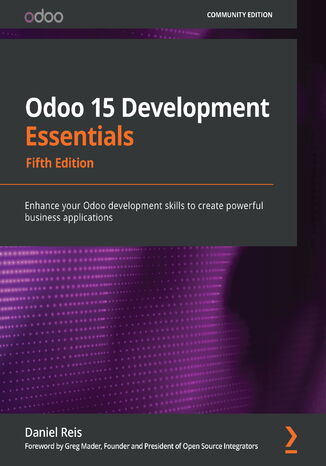



- Autorzy:
- Daniel Reis, Greg Mader
- Wydawnictwo:
- Packt Publishing
- Ocena:
- Stron:
- 548
- Dostępne formaty:
-
PDFePub
 opcje wysyłki »
opcje wysyłki »
Opis
książki
:
Odoo 15 Development Essentials. Enhance your Odoo development skills to create powerful business applications - Fifth Edition
The book starts by covering the development essentials for building business applications and takes you through Odoo installation and configuration, gradually transitioning from having no specific knowledge of Odoo to being ready for application development. You'll then learn how to develop your first Odoo application, while covering topics such as models and views. Later chapters will get you up to speed with using server APIs to add business logic, helping you lay a solid foundation for advanced topics. As you progress, you’ll get equipped to build and customize your applications and explore the new features available in Odoo 12 and beyond, such as in-memory ORM and computed writable fields. Finally, you’ll gain insights into building business logic and using the Odoo API to integrate with various applications.
By the end of this book, you’ll be able to build business apps from scratch using the latest version of Odoo.
Wybrane bestsellery
Daniel Reis, Greg Mader - pozostałe książki
Packt Publishing - inne książki
Dzięki opcji "Druk na żądanie" do sprzedaży wracają tytuły Grupy Helion, które cieszyły sie dużym zainteresowaniem, a których nakład został wyprzedany.
Dla naszych Czytelników wydrukowaliśmy dodatkową pulę egzemplarzy w technice druku cyfrowego.
Co powinieneś wiedzieć o usłudze "Druk na żądanie":
- usługa obejmuje tylko widoczną poniżej listę tytułów, którą na bieżąco aktualizujemy;
- cena książki może być wyższa od początkowej ceny detalicznej, co jest spowodowane kosztami druku cyfrowego (wyższymi niż koszty tradycyjnego druku offsetowego). Obowiązująca cena jest zawsze podawana na stronie WWW książki;
- zawartość książki wraz z dodatkami (płyta CD, DVD) odpowiada jej pierwotnemu wydaniu i jest w pełni komplementarna;
- usługa nie obejmuje książek w kolorze.
Masz pytanie o konkretny tytuł? Napisz do nas: sklep@helion.pl
Książka drukowana


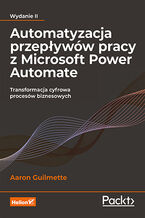
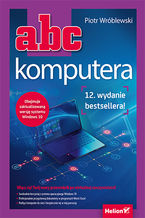
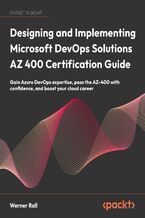

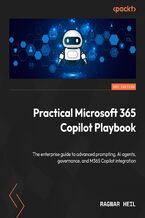
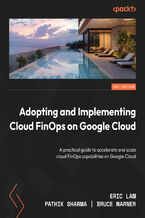
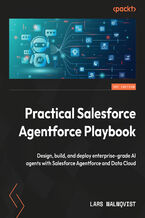
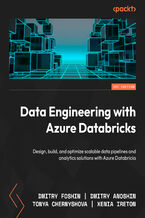
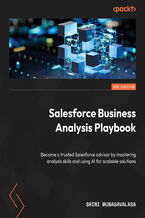
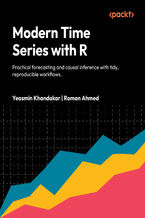
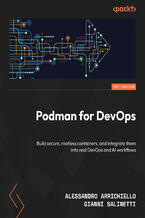

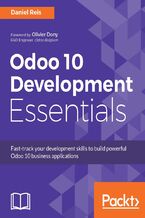
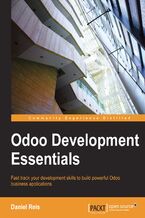
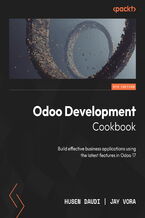
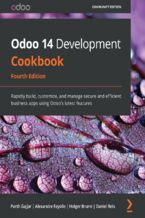
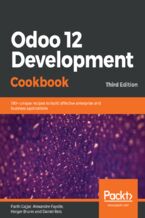
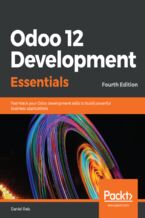
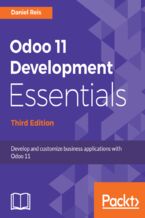
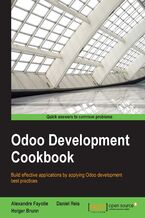





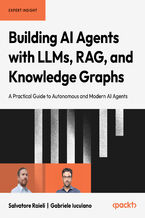
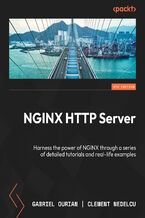
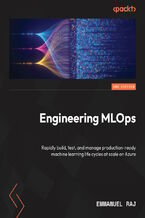

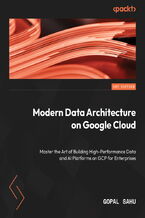
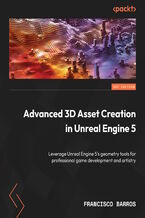
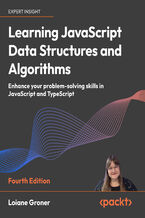
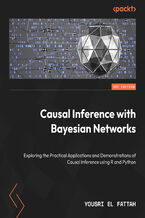
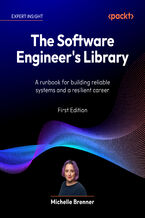
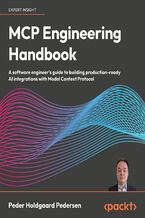



Oceny i opinie klientów: Odoo 15 Development Essentials. Enhance your Odoo development skills to create powerful business applications - Fifth Edition Daniel Reis, Greg Mader
(0)